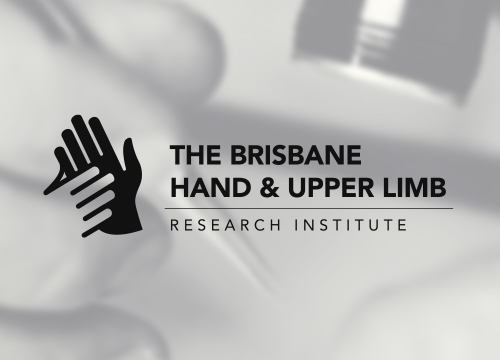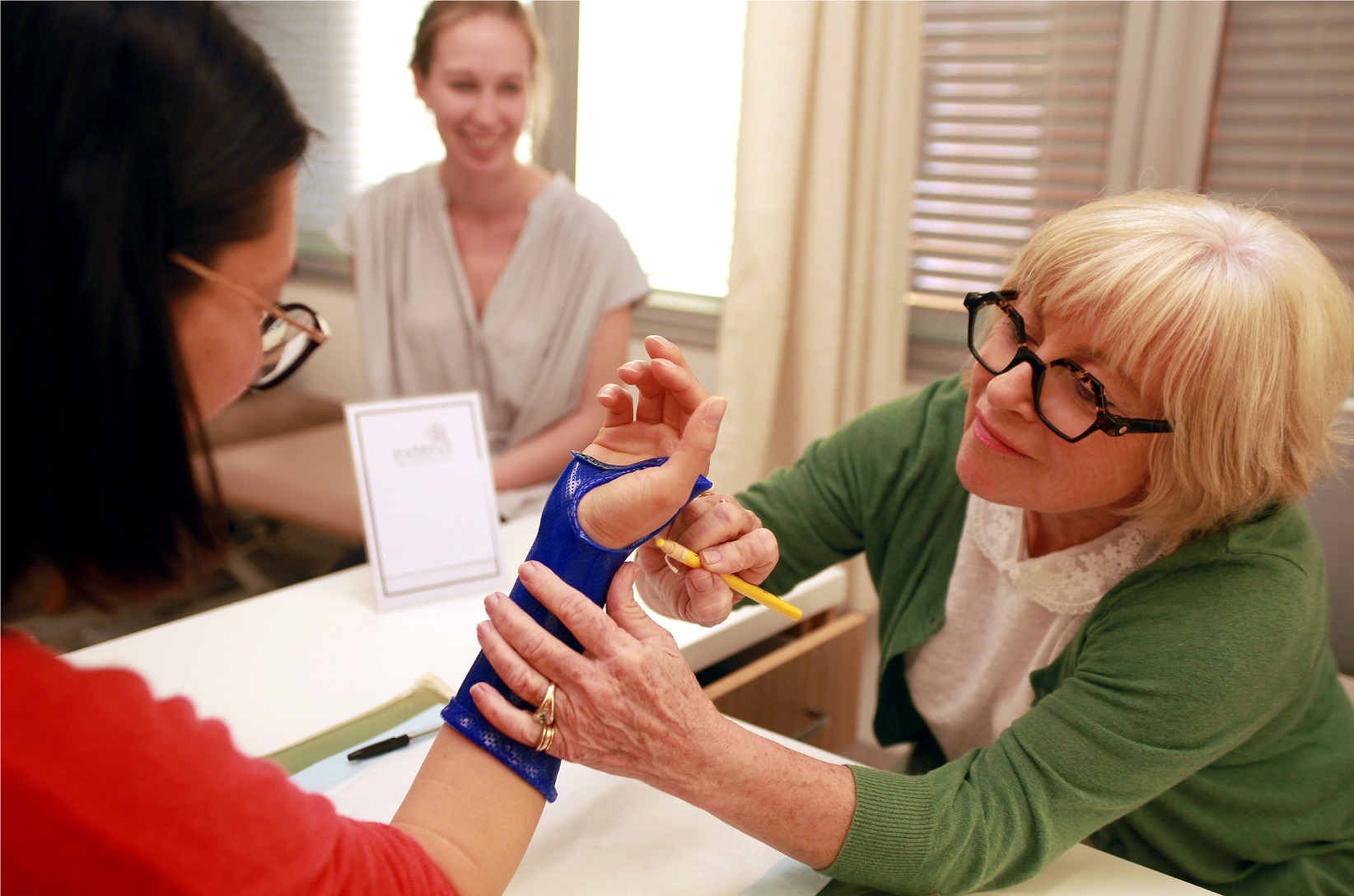Gregory Couzens, Mark Ross
Traditionally our understanding of carpal kinematics relates to the orthogonal sagittal (flexion/extension) and coronal (radial/ulnar deviation) planes of wrist motion. Nevertheless, most activities involving tool use are performed in an oblique plane from radial deviation-extension to ulnar deviation-flexion. This movement has been called the dart-throwing motion (DTM).
DTM also involves rotation of the forearm. In wrist radial deviation/extension, there is pronation of the forearm. In wrist ulnar deviation/flexion, there is supination of the forearm. This is a facilitatory motion of the forearm that maintains the grasped object in the vertical plane.
We proposed that the net effect of forearm rotational motion is to keep the oblique DTM axis aligned with the visual axis during wrist motion, which improves accuracy through visual control. Our hypothesis is that the default functional position of the forearm with regard to rotation is between 30° and 45° of pronation, in order to maintain alignment between the function axis and the visual axis during utilisation of the DTM. We investigated DTM as a multiple-joint 3D motion in relation to the visual axis. We utilised an optical motion capture system (Optotrak® Certus™) with infrared emitting surface markers placed on definded landmarks.
This research is ongoing with new advances in DTM being made. Please contact the investigators for more information on this exciting project.




